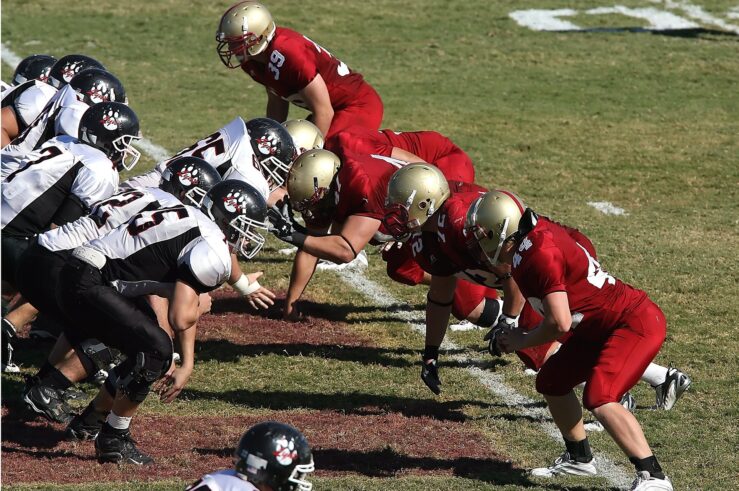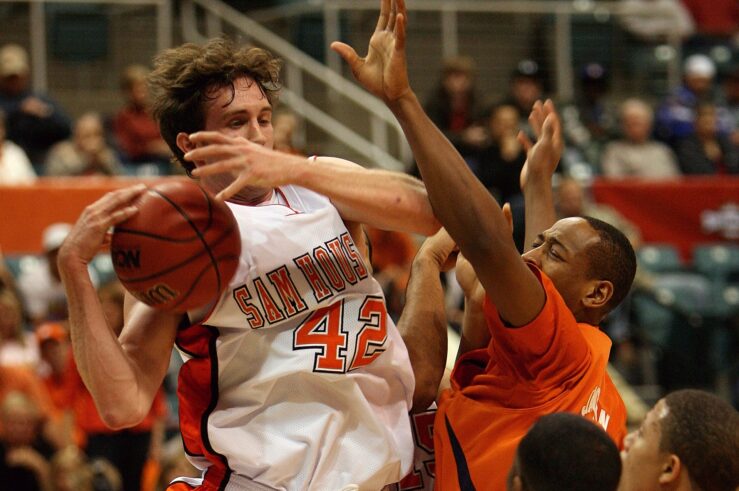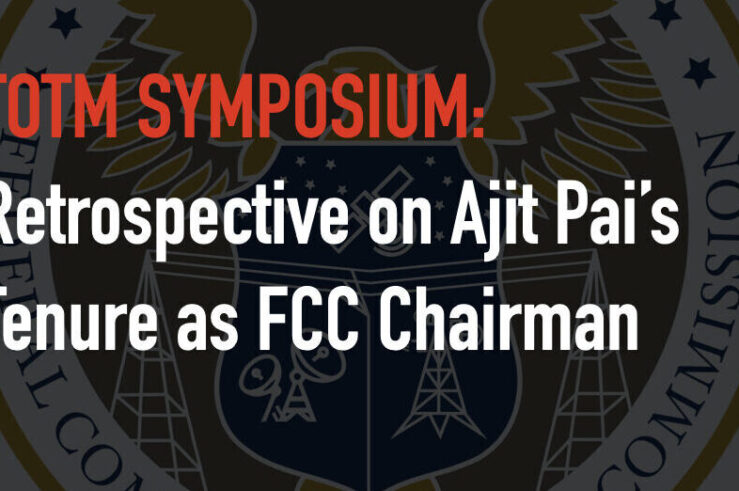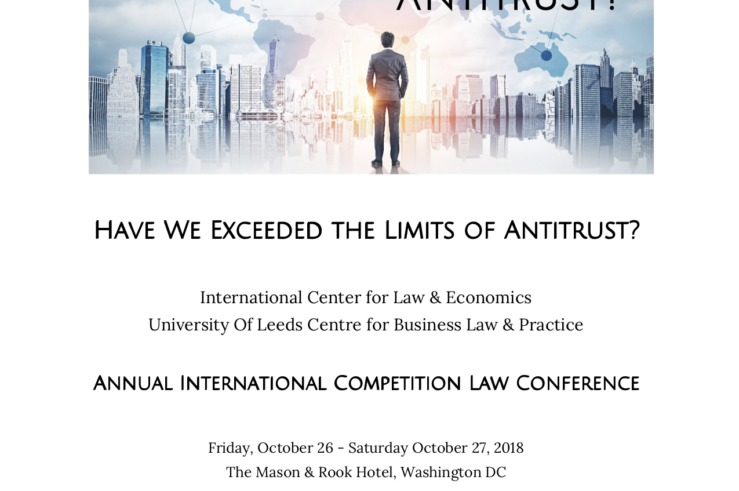Showing archive for: “Education”
The FTC UMC Roundup–A Weekly Review
Welcome to the FTC UMC Roundup, our new weekly update of news and events relating to antitrust and, more specifically, to the Federal Trade Commission’s (FTC) newfound interest in “revitalizing” the field. Each week we will bring you a brief recap of the week that was and a preview of the week to come. All ... The FTC UMC Roundup–A Weekly Review
Alston Decision Shows Consumer Welfare Standard Isn’t Broken
From Sen. Elizabeth Warren (D-Mass.) to Sen. Josh Hawley (R-Mo.), populist calls to “fix” our antitrust laws and the underlying Consumer Welfare Standard have found a foothold on Capitol Hill. At the same time, there are calls to “fix” the Supreme Court by packing it with new justices. The court’s unanimous decision in NCAA v. ... Alston Decision Shows Consumer Welfare Standard Isn’t Broken
The Supreme Court Misses the Big Consumer Welfare Picture in NCAA v. Alston
In its June 21 opinion in NCAA v. Alston, a unanimous U.S. Supreme Court affirmed the 9th U.S. Circuit Court of Appeals and thereby upheld a district court injunction finding unlawful certain National Collegiate Athletic Association (NCAA) rules limiting the education-related benefits schools may make available to student athletes. The decision will come as no ... The Supreme Court Misses the Big Consumer Welfare Picture in NCAA v. Alston
What You Need to Know About the EU’s New AI Regulation
The European Commission this week published its proposed Artificial Intelligence Regulation, setting out new rules for “artificial intelligence systems” used within the European Union. The regulation—the commission’s attempt to limit pernicious uses of AI without discouraging its adoption in beneficial cases—casts a wide net in defining AI to include essentially any software developed using machine ... What You Need to Know About the EU’s New AI Regulation
The NCAA: Dr Jekyll or Mr Hyde?
The U.S. Supreme Court will hear a challenge next month to the 9th U.S. Circuit Court of Appeals’ 2020 decision in NCAA v. Alston. Alston affirmed a district court decision that enjoined the National Collegiate Athletic Association (NCAA) from enforcing rules that restrict the education-related benefits its member institutions may offer students who play Football ... The NCAA: Dr Jekyll or Mr Hyde?
Great Job, Kid! (And Welcome to the Private Sector)
Many thanks to Geoffrey Manne for this opportunity to memorialize a few thoughts I have about Ajit’s service on the Federal Communications Commission. My remarks will be more about Ajit as a person rather than the substance and long laundry list of his accomplishments as chair. Others will do that, I’m sure. The first memory ... Great Job, Kid! (And Welcome to the Private Sector)
Don’t Miss the 2018 ICLE/Leeds Competition Law Conference: Have We Exceeded the Limits of Antitrust?
REGISTER HERE for the much-anticipated 2018 ICLE/Leeds competition law conference, this Friday and Saturday in Washington, DC. NB: We’ve been approved for 8 credit hours of VA MCLE The conference agenda is below. We hope to see you there!
Unsurprising evidence that hiking the minimum wage hurts low wage workers
On July 1, the minimum wage will spike in several cities and states across the country. Portland, Oregon’s minimum wage will rise by $1.50 to $11.25 an hour. Los Angeles will also hike its minimum wage by $1.50 to $12 an hour. Recent research shows that these hikes will make low wage workers poorer. A ... Unsurprising evidence that hiking the minimum wage hurts low wage workers
CPIP Conference on Oct. 6-7, 2016: “Intellectual Property and Global Prosperity”
Please Join Us For A Conference On Intellectual Property Law INTELLECTUAL PROPERTY & GLOBAL PROSPERITY Keynote Speaker: Dean Kamen October 6-7, 2016 Antonin Scalia Law School George Mason University Arlington, Virginia CLICK HERE TO REGISTER NOW **9 Hours CLE**
George Mason University School of Law to be Renamed “Antonin Scalia School of Law at George Mason University”
I am sharing the press release below: George Mason University receives $30 million in gifts, renames School of Law after Justice Antonin Scalia Largest combined gift in university’s history will support new scholarship programs Arlington, VA— George Mason University today announces pledges totaling $30 million to the George Mason University Foundation to support the School ... George Mason University School of Law to be Renamed “Antonin Scalia School of Law at George Mason University”
Si Monumentum Requiris, Circumspice
The famous epitaph that adorns Sir Christopher Wren’s tomb in St. Paul’s Cathedral – Si monumentum requiris, circumspice (“if you seek his monument, look around you”) – applies equally well to Henry Manne, who passed away on January 17. Wren left a living memorial to his work in St. Paul’s and the many other churches ... Si Monumentum Requiris, Circumspice
Antitrust Trial Verdict Gives Athletes Partial Victory Over NCAA
In a June 12, 2014 TOTM post, I discussed the private antitrust challenge to NCAA rules that barred NCAA member universities from compensating athletes for use of their images and names in television broadcasts and video games. On August 8 a federal district judge held that the NCAA had violated the antitrust laws and enjoined ... Antitrust Trial Verdict Gives Athletes Partial Victory Over NCAA










